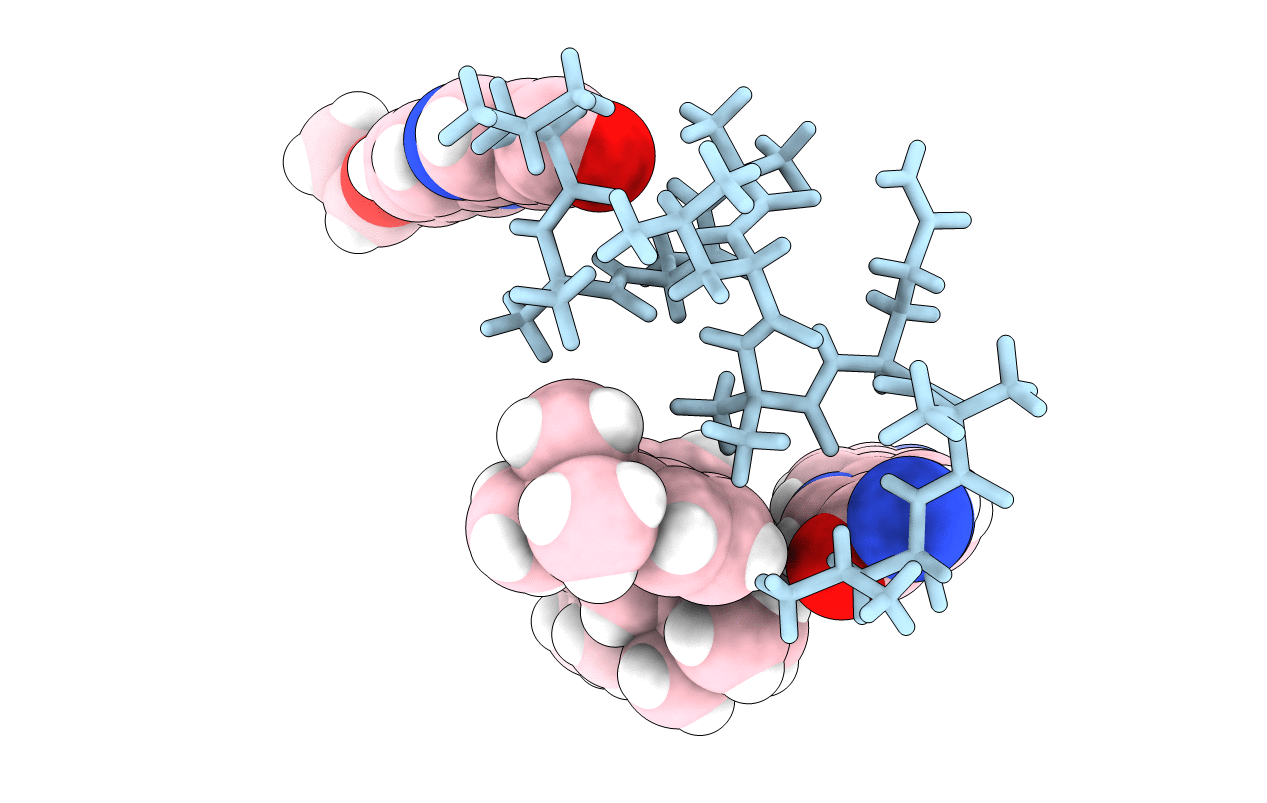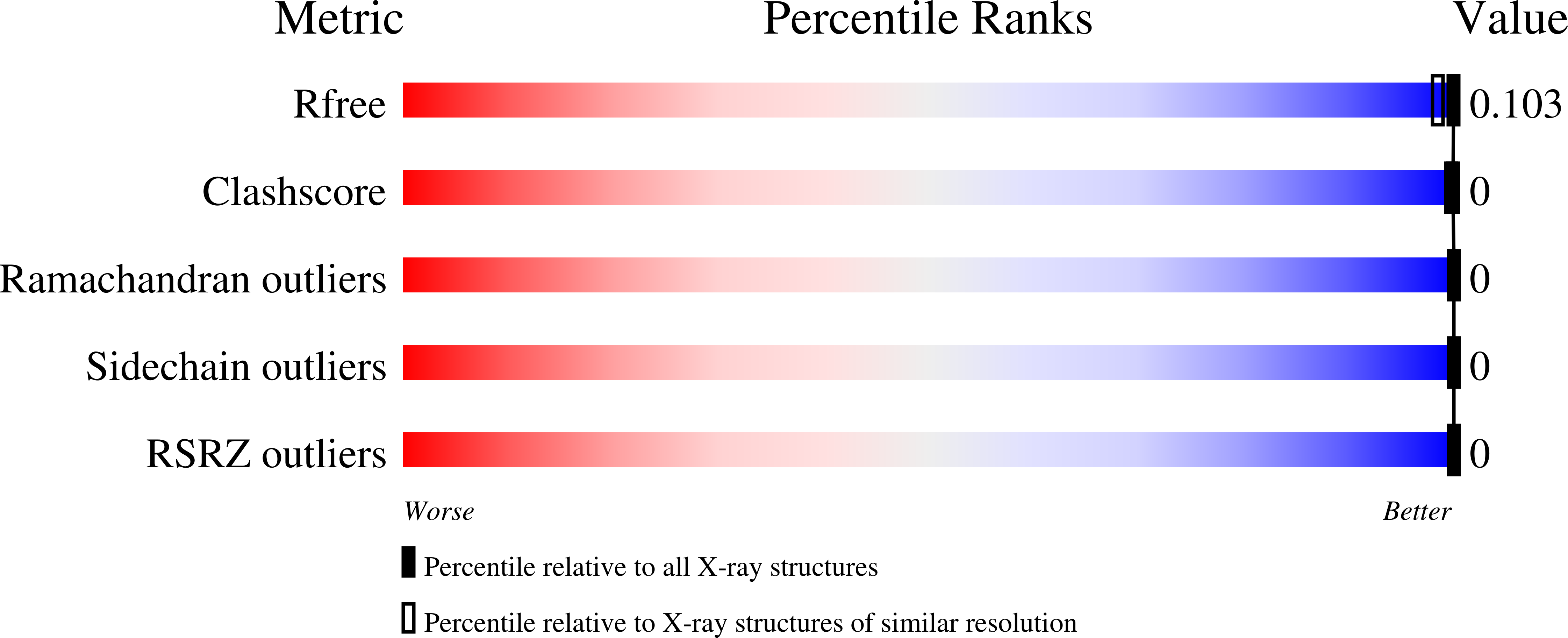
Deposition Date
2022-01-19
Release Date
2022-04-20
Last Version Date
2024-09-25
Entry Detail
PDB ID:
7TM2
Keywords:
Title:
Porous framework formed by assembly of a bipyridyl-conjugated helical peptide
Biological Source:
Source Organism:
synthetic construct (Taxon ID: 32630)
Method Details:
Experimental Method:
Resolution:
0.88 Å
R-Value Free:
0.10
R-Value Work:
0.09
R-Value Observed:
0.09
Space Group:
P 1 21 1


